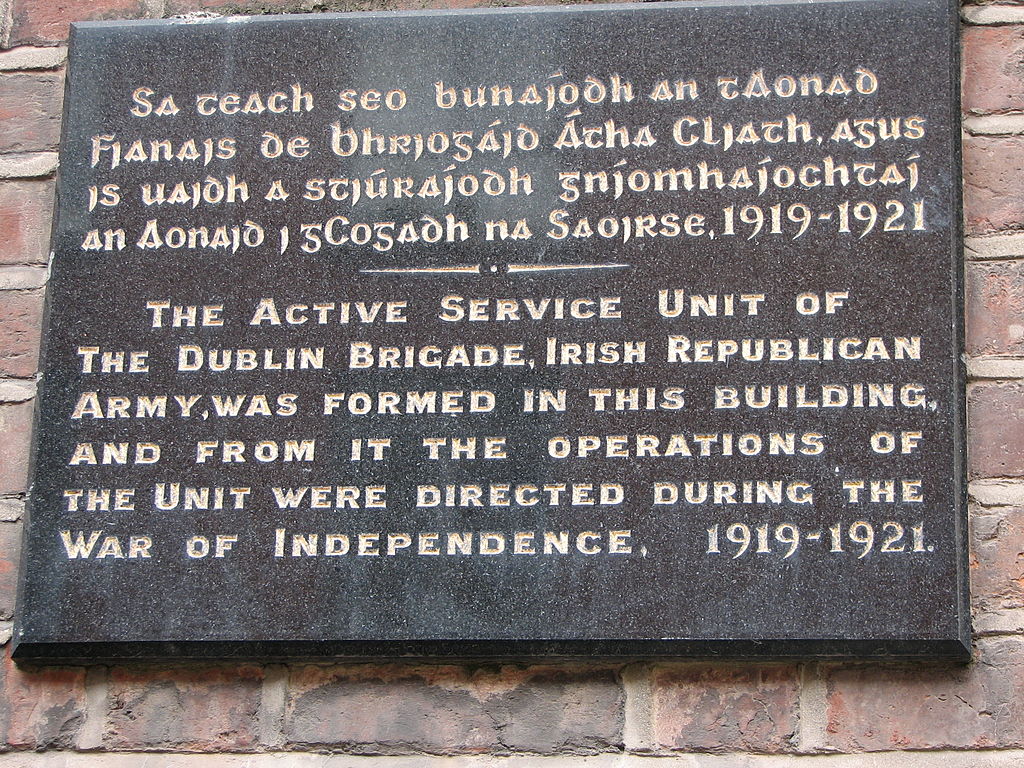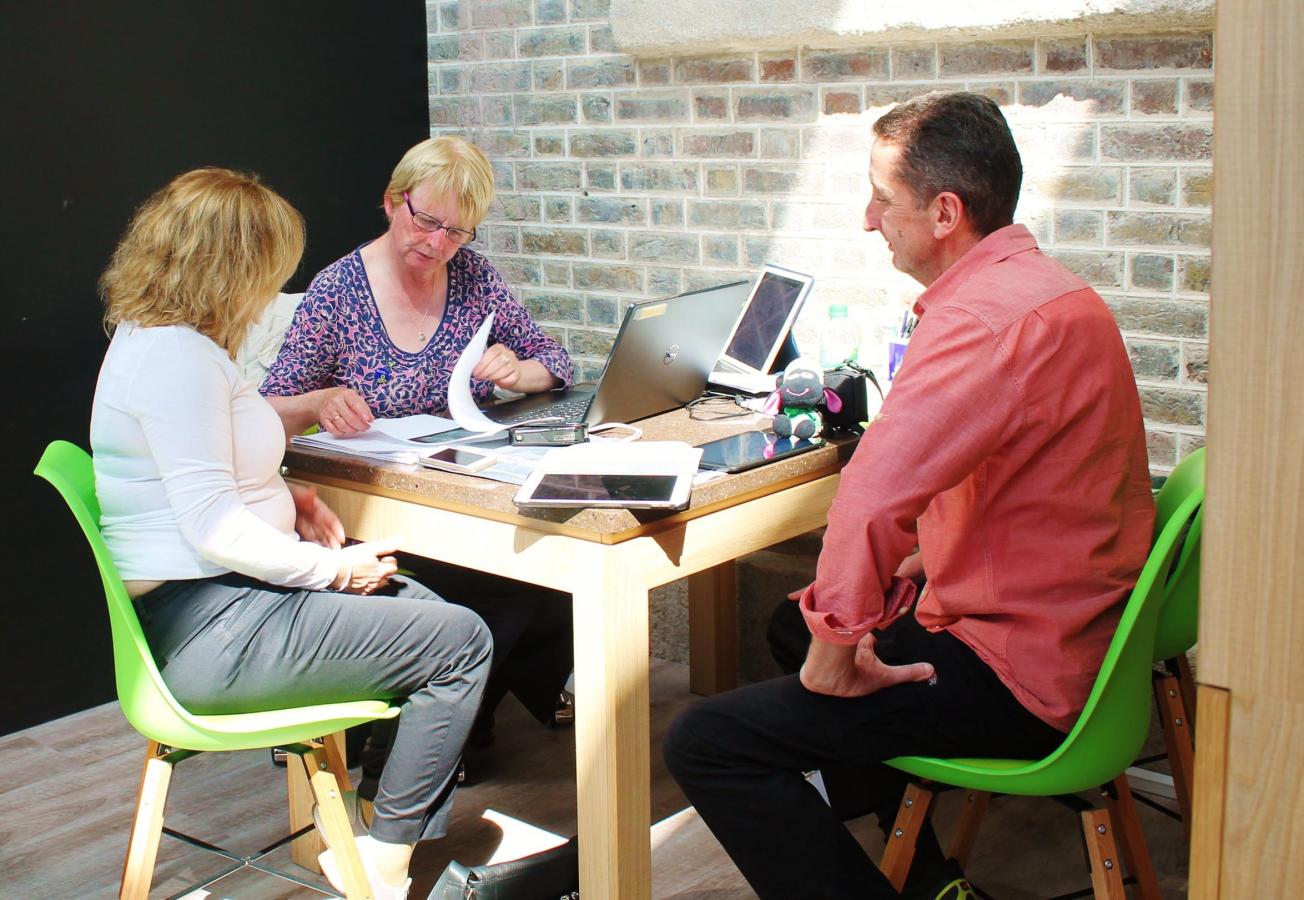
Many of the visitors to the Irish Family History Centre (CHQ Building, Dublin) have very interesting ancestors. One US gentleman, Michael, wanted to research both sides of his family but he also wanted to prove family lore that one of his ancestors was involved in the Irish revolutionary period (1910s to early 1920s).
Michael’s ancestor was Timothy Coghlan, born in Dublin in 1904 to John and Kate Coghlan: John and Kate lived in Kilmainham (Dublin). Timothy was a member of the Dublin Brigade of the Irish Republican Army and he had fought the Black and Tans. The Black and Tans were former British soldiers who were brought to Ireland to support the Royal Irish Constabulary.
The Irish War of Independence (1919–1921) ended with the Anglo-Irish Treaty. This was an agreement between the government of the United Kingdom of Great Britain and Ireland and representatives of the Irish Republic to establish the Irish Free State in 1922 but, crucially, leave Northern Ireland as part of Britain. This led to the Irish Civil War (1922–1923) between the provisional government who supported the Treaty and the Irish Republicans who opposed the Treaty and wanted a united Ireland. Tim fought on the side of the anti-Treaty forces against the Free State forces in the Irish Civil War.
Despite the anti-Treaty side being defeated, Tim continued to fight and was involved in the shooting of Justice Minister Kevin O’Higgins. The Minister had previously ordered the executions of 77 Republicans during the Irish Civil War and was, therefore, hated by the Republicans. Tim was killed a few months later under controversial, and as yet unproven, circumstances. Michael’s Aunt, Mary, claims to remember someone coming to the house with the news that Tim had been killed. It is suspected that a Sean Harling killed Timothy. Ironically, both the Coghlan family and Sean Harling lived within yards of each other in Cabra for decades, though not at the actual time of Tim’s death.
Despite the circumstances, Michael was delighted to see Timothy’s death record for the first time. I suggested to Michael that he should visit the National Archives to see the actual Coroner’s Report the next time he visits Ireland.
By Maura Flood
